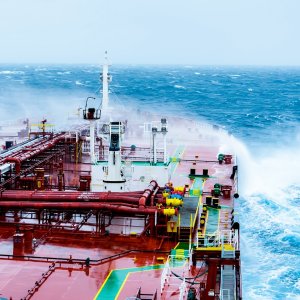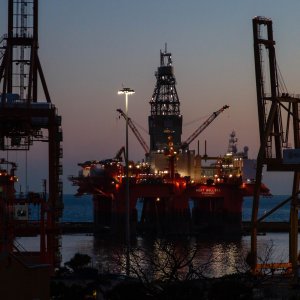Will the Mexican Market for ROV Services Finally Take Off?

STORY INLINE POST
Oceaneering, an oilfield service company primarily focused on providing offshore solutions to its customers, has had Remotely Operated Vehicles (ROVs) in Mexican waters for several years, providing drilling support to Pemex for its shallow water operations.
However, as Ernesto Marcos, Director General of Oceaneering International Mexico explains, the biggest use of ROV technology in other global markets is in deepwater. “In the US part of the Gulf of Mexico, companies started putting subsea infrastructure in place in the early 1960s,” says Marcos. “First, subsea technology was used because oil companies could not move into deeper water with traditional platforms, but then subsea technology moved to shallower waters as it became more cost-efficient than the traditional field development infrastructure. When the ROVs started working there were still divers, but now the ROVs do a lot of the work that divers used to do, because ROVs are safer and more cost-effective.”
It is in the installation and maintenance of subsea solutions that ROVs really prove their utility, as water depths at these projects mean that fixed platforms are not always viable for oil and gas production. Marcos believes that in order to prepare for future deepwater projects, Pemex should test subsea solutions in shallow waters. “I think the most convincing argument for integrating subsea solutions into the Pemex project portfolio is to help the company prepare for the future step by step. Instead of jumping directly into deeper waters with subsea technology, Pemex could advance along the learning curve by experimenting with subsea technology in shallow waters, where it is much easier to solve problems if any arise.
“However, on more than one occasion, I have seen Pemex evaluate infrastructure projects with subsea technology versus fixed platforms. Every time, they choose traditional field development because the field in question is located in shallow waters. Perhaps these projects by themselves do not justify the use of subsea technologies due to the shallow water depth, but I think there would be a lot to gain in a learning curve instead of jumping directly into a thousand metres of water and subsea projects.”
Regarding the financial viability of installing subsea solutions in shallow water fields, Marcos says, “It depends on whether you are dealing with light or heavy oil, the nature and the size of the field, the water depth and location, so these decisions really have to be made on a case by case basis. If I were to set a rule of thumb, for water depths of 200m or more, it would be more convenient to use subsea technology. As of now, Pemex hasn’t really developed anything that goes past 80m to 90m of water depth. Ku-Maloob-Zaap is there, but there is no field in production in more than 80m of water.”



















